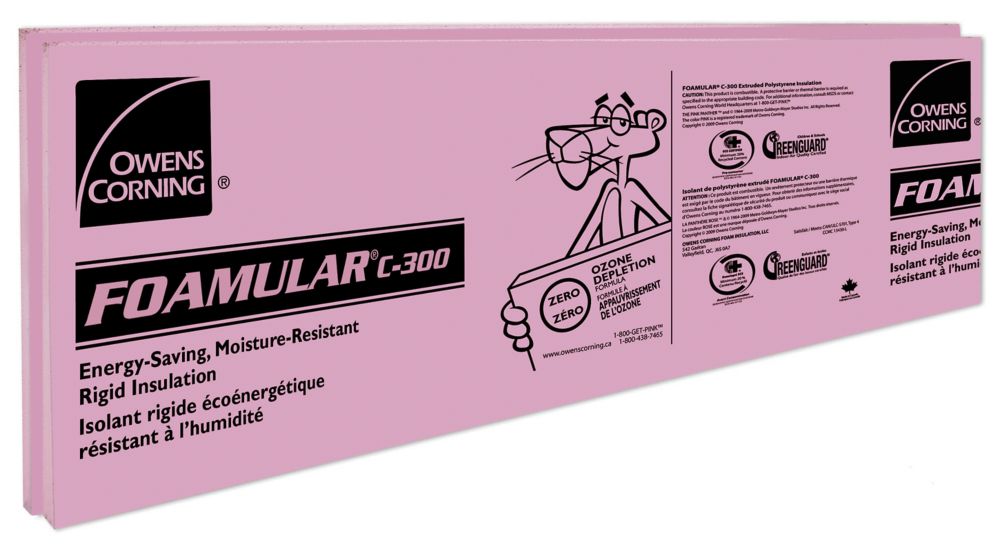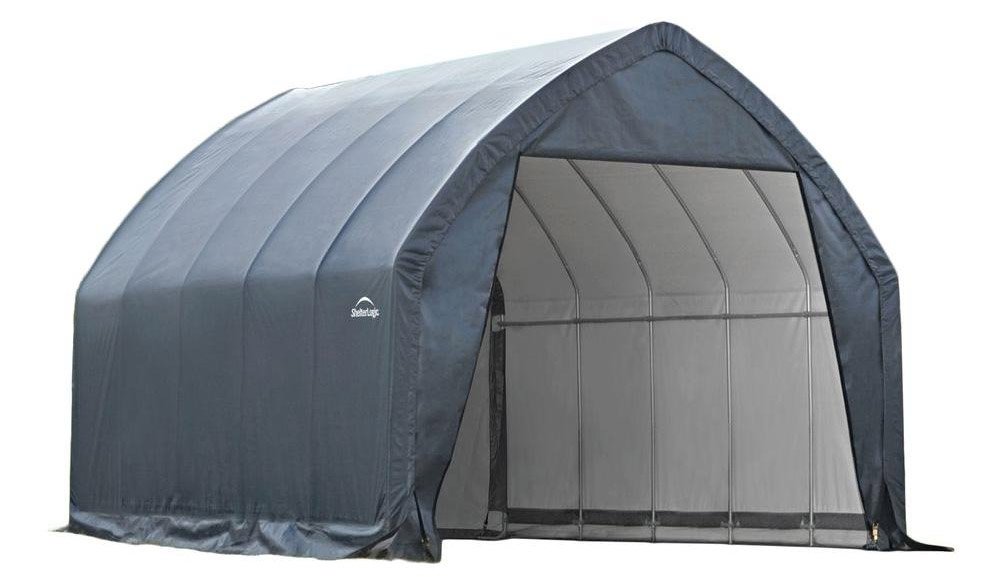Those of us “lucky” enough to live in the snow belt get to store our cars for the long, dark and cold winter months. Lots of people getting into the hobby and asking the question “how do I store my car for the winter”.
Should I rust check (oil) my fox body?
There is absolutely no need to oil your fox body when it’s not being used in the winter and especially if it’s being stored indoors.
All it does is grease up the engine bay and leave behind oil spots where you park it. It doesn’t do any real harm to the car but typically people who drive summer or fair-weather rides don’t want a leaky mess on their hands and a crusty oil/dirt mix doesn’t help with the fox body value either. In my opinion, get your winter beater rust checked it will need it much more than a fox Mustang that’s stored for the winter.
Should I start it up once in a while?
PROS – circulates fuel in the system – keeps things oiled – helps keep the battery charged up – get to listen to the sweet 5oh in the winter
CONS – a bunch of thick-oil cold starts which will starve some important parts of lubrication during startups – can potentially add water to parts that shouldn’t have water – you can freaking DIE from fumes if not careful
If you are the type that wants to start your car up once in a while. It’s suggested to let the car warm up to operating temp for a while, I’d say let it run for a good 10-15 minutes or more. What you are doing by not letting things heat up is creating a lot of water vapor in things like exhaust and just doing bad things if not careful and a bunch of cold starts with thick oil won’t do much good for your engine either. So consider that before cranking it up to hear that sweet rumble!
Battery for winter storage
If you are storing your car outside, you could remove the battery and store it in the garage where temperatures don’t get too extreme. Note that batteries release dangerous and combustible gasses, so don’t store it on your nightstand next to your bed over the winter. I suggest disconnecting the battery if it stays in the car.
Add a Battery Tender to help keep the battery charged and living well so it can start up your fox Mustang in the spring.
What do I do with gasoline when storing my Mustang?
Before putting your baby to sleep for the winter months, fill up the gas tank with the highest octane / lowest amount of ethanol gasoline you can find and add some fuel stabilizer. A fuel tank that’s not full could lead to condensation issues.
Change oil? Tune-up before storing?
One of the important things is to make sure your cooling system’s coolant is clean, rust-free and check the strength so its strong enough to resist freezing and cracking things you don’t want cracking during the cold-as-F winter storage months.
In the old days, people would pull the spark plugs and dump oil to protect the cylinder walls and rings. This isn’t a great idea if you have catalytic converters (and you should have some) as this will help to reduce the lifespan of your cats.
It’s a good idea to perform a good oil change (warm it up, dump the oil and let it drain for an extra-long time) before storage. When the engine is running the oil will collect and suspend corrosive materials and it actually can corrode your engine if it just sits there. That’s why a lot of professionals will recommend an oil change before storing a vehicle over the winter.
It’s also a good time to get some silicon-based lubrication spray to protect the weather stripping.
How can I prevent flat-spotting my tires?
If you have an R-compound rubber (more sensitive to colder temps) or just want to use some extra caution. You could remove your wheels/tires entirely and place the fox body Mustang on jack stands (good to not load the suspension as well) or pick up a set of used 10-holes for next to free (if you are still 4-lug) or a set of SN95 wheels and bad tires for cheap also. This way you can store your awesome tires in the basement where it’s warm and you can still keep your fox rolling in the winter months.
There are other methods to help prevent flat-spotting such as increasing the tire pressure to just under the max allowable tire pressure as indicated on your sidewall.

You could also get a sheet of 2″ thick closed-cell insulation board and cut four squares out of it to put under your tires. The other alternative is to roll your fox body once a month, even if it’s just a few inches back and forth.
Protecting the paint and covers
Before storing, it’s a good idea to wash everything with Dawn to help get rid of any grease or grime. Then do a few good coats of cleaner, polish, and wax. Covering the car, especially outdoors is another polarizing topic.
Outdoor storage covers
Outdoor car covers have to have UV protection, be slightly thicker (or heavier), have better tie-downs to resist wind and be waterproof. Covering your ride outdoors is not always the best idea as you risk trapping moisture and this will cause more harm than good. A good outdoor car cover won’t be cheap and there’s always going to be that balance between being waterproof and allowing moisture to be released. In my experience covering a vehicle outdoors leaves moisture and causes more damage than UV. Best bet is a temporary shelter that helps prevent rain/snow or sap and bird poop from damaging the paint while allowing for air to circulate and not trapping moisture (if using a vapor barrier on the floor).
Indoor storage covers
Indoor car covers are generally made out of more breathable material to help prevent heat and condensation from getting trapped under the cover. In most cases, indoor covers may also be softer to better protect the paint. Using a cover is recommended for dry indoor storage to prevent dust build-up and possible scratches. You just need to make sure there won’t be any condensation or heat build-up under the cover.
Prevent making a mouse condo out of your stored fox body
First things first, if stored indoors make sure there’s no food supply around the car. For example, some people keep their garbage bins in the garage. Don’t do that! Make an outdoor garbage bin shed and move the awesome “Costco for mice” garbage out of the garage where you store your ride. Make sure the car is clean inside and out, remove any hints of food ) from your fox body (remember a crumb from that cookie you ate is a great meal for a small mouse. Also, make sure there’s no source of water for the rodents as they will go up to 20 feet around their nest for food and water.
Really make sure where you store your car is clean and free from clutter. To make something truly uninviting for rodents is to be clean, have no hiding spots, no access to food or water. Do a walk around your garage (and house), block any holes that rodents can use. They can fit through any hole their heads can get into. If you have bad garage door seals, cracks or improperly cocked vent pipes, do yourself a favor and fix seals and fix any cracks to help prevent mice from entering your home or garage.
Mothballs or dryer sheets won’t really work 100% of the time to keep mice at bay – mice are extremely curious and smells won’t keep them from nesting for very long, instead use a product such as Fresh Cab and place it in the engine bay, around the wheels, in the trunk and cab. It’s also a good idea to place a few mouse traps in your garage (they like peanut butter on the traps). But dryer sheets do smell good so if you’re into that, by all means, it won’t hurt.
Finding a storage unit
Finding a facility to store your car can be hit or miss. You need to think about a few things such as if the place is safe or how will getting your car out be (sometimes it can be a pain)? If the facility is an old shed or barn with dirt floors it will cause more harm than good as well. The spot shouldn’t have excessive moisture as well. The best solution is a clean storage location such as a 10×25 storage locker with a concrete floor that allows cars to be stored with 24/7 surveillance and gated access. I’ve also heard of horror stories such as fires and mice infestations.

Outdoor storage tips
If you are stuck storing your ride outdoors, you could:
- Bring your battery in a garage, shed or another slightly warmer spot than outdoors and plug it into a battery tender.
- Place some plywood and vapor barrier under the car to help prevent moisture from rising up.
- Remove your wheels/tires and put them in your basement or other storage away from the sun and freezing cold.
- Use a temporary shelter assuming you still maintain good ventilation (not a moisture trap which will rot your car faster than just driving it in the salt) and the shelter won’t be torn down onto your Foxbody due to wind or heavy snowfall.
- Obviously don’t place a tarp over your car but a good quality car cover that’s designed for outdoor use could work.
- Make sure the ground it sits on won’t allow the car to sink during a thaw. Or the potential for standing water or it turning into a mud bog in the spring.
- Park the car in a location away from trees if you can, clear any trees that are rotting or could fall in a wind storm.
- Clean the surrounding area from plastic lawn chairs or anything that could get air-born in strong wind.
- You could use a few 1lb Silica Gel Desiccant Packets in your fox body to help absorb some moisture.
Garage storage tips
- Garage floors are porous and will release humidity. You can block that using 6mm vapor barrier under your car.
- Make sure your storage location is clean, free from clutter (or things that can fall off a shelf) and is well ventilated.
- Think about how you and others will walk around the car when parking it. If you need to clean up a wall to park it a few inches closer, do it – it will be worth the time to prevent some scratches.
- Leave the windows open a crack to help circulate air inside.
- Hanging pool noodles are great to help prevent door dings if you also park your daily driver or winter beater next to your Mustang.




Wow long article but good read lots of information and thanks for doing that. I store mine because it also gives me some time to do repairs (helps to have a heated garage) and also time to save up for mods… I do miss the downtime but its worth it. I want to buy an S550 ecoboost as my winter beater so I can still “mustang” all year…